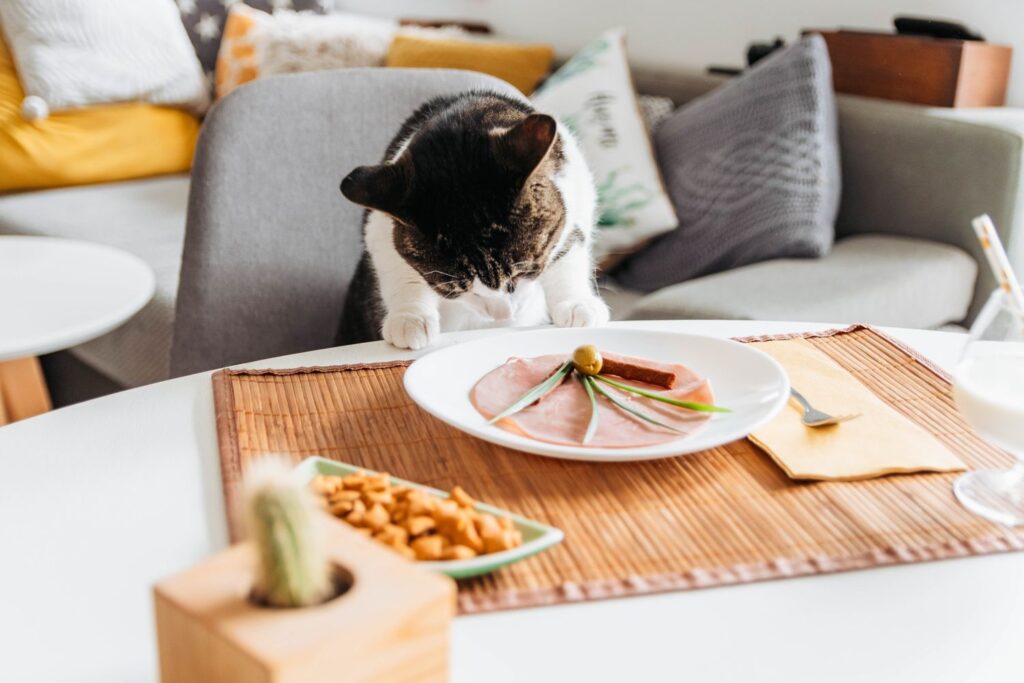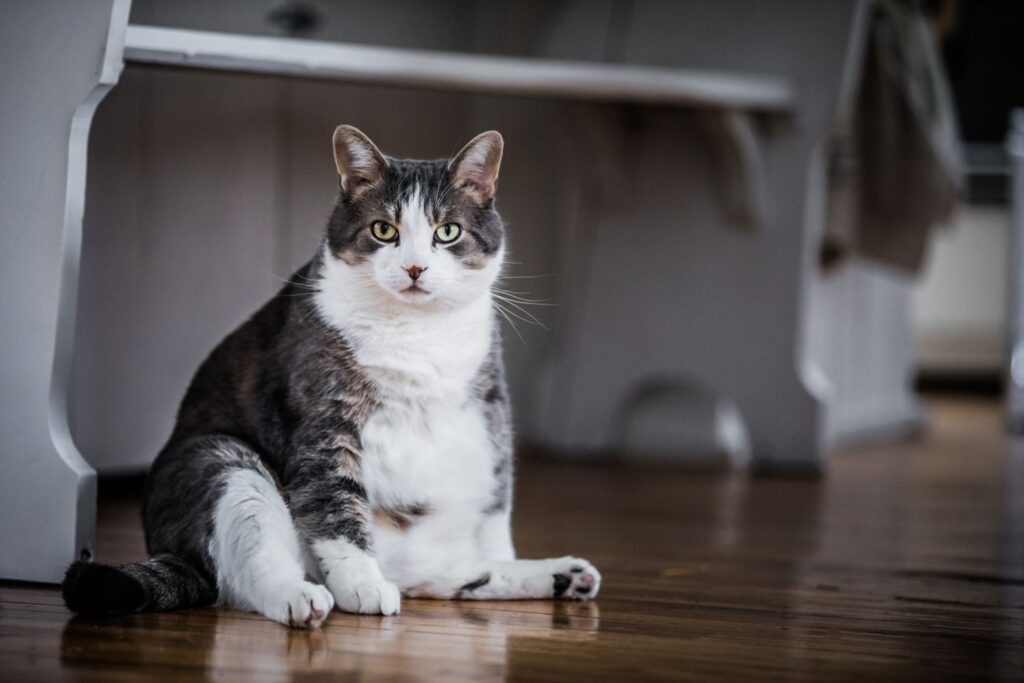
Diabetes in cats is a condition in which the body of your cat has problems converting food into energy. This can lead to a variety of problems which include frequent urination, increased thirst and appetite, loss of weight and fatigue unexplained.
Diabetic cats often need injections of insulin to keep their blood sugar levels in the blood under control. We we will prescribe the correct dose for your pet and we'll show you how to administer the injections at home.
Causes of diabetes in cats
Diabetes is a disease in which the body of a cat does not produce or respond properly to insulin, a hormone that allows cells to absorb glucose (the main source of energy) of the blood. Insulin also regulates the level of sugar in the blood.
Obesity is a common cause of diabetes mellitus, but certain medical conditions and medications doctors may also fake it in cats. Symptoms may include abnormal thirst and excessive urination, as well as the loss of muscle mass, weakness, and poor coordination in the hind limbs.
The treatment for diabetes requires regular checks to make sure that you administer the correct amount of insulin, and that the level of sugar in the blood remains within acceptable limits throughout the day. This is best done with a curve of glucose in the blood, which is taken right before an insulin injection and every 1-4 hours during the day. If a cat has good control, it is possible that you can get out of the injections completely.

Symptoms of diabetic cats
In cats with diabetes, the pancreas it can't produce enough insulin to regulate the levels of glucose in the blood. Insulin is a hormone produced by the beta cells of the pancreas that helps move glucose (sugar) from the blood to the tissues where it can be used for energy.
When diabetes is not treated, it can lead to several different symptoms. These include urination and excessive thirst (polyuria/dipsia), increased appetite, and weight loss.
Cats with uncontrolled diabetes can also develop neuropathy in their hind legs, which causes them to walk on their hocks in place of the fingers of the feet. This is called a posture plantigrade and usually resolves by itself with the right treatment.
Diabetic cats often put on a special diet to help control your glucose levels. The diet should be low in carbohydrates and high in protein to minimize the amount of insulin that the needs of the cat and to prevent spikes and dangerous dips in blood sugar.

Diagnosis
Diabetes in cats can be difficult to diagnose, because the symptoms can appear similar to many other conditions. You must perform a complete physical exam and blood work to make a proper diagnosis of diabetes.
The veterinarian you will also need to take a urine sample to rule out kidney disease, an overactive thyroid, or urinary tract infections. In some cases, the veterinarian may use a test called the concentration of fructosamina to measure the blood sugar of a cat in the last two weeks.
The veterinarian you'll probably start to a cat is diabetic on insulin injections, which are easily managed using needles very small. During the treatment, you will need a close monitoring of the weight of the cat, water intake and appetite to ensure that the objectives are met for the administration of insulin and changes in the diet.
Treatment
Diabetes is a disease that occurs when the body cannot produce or use insulin properly. Insulin is a hormone produced by the pancreas that helps glucose, or sugar, enters the cells and provides energy.
When the pancreas cannot make enough insulin, the glucose cannot get into the cells and stored as fat or protein. This creates high levels of sugar in the blood that have a toxic effect on the cells in the pancreas that make insulin.
Usually, diabetes is treated with a combination of diet, exercise, glucose monitoring in the home and clinical controls regular. The treatment plan also typically includes insulin injections, which are administered directly into the cat's fur with a needle.
A recent study showed that switching to a diet low in carbohydrates can help to control blood sugar levels in the blood of a cat is diabetic, and reduce the amount of insulin needed. This can reduce the risk of a spike dangerous in blood sugar right after meals. It is recommended to keep a detailed log of the weight of your cat, the current dosage of insulin or glipizide, and the amount of food that they eat every day.
If you think your cat may have diabetes, besides your appointment with us online and we will attend you with pleasure.